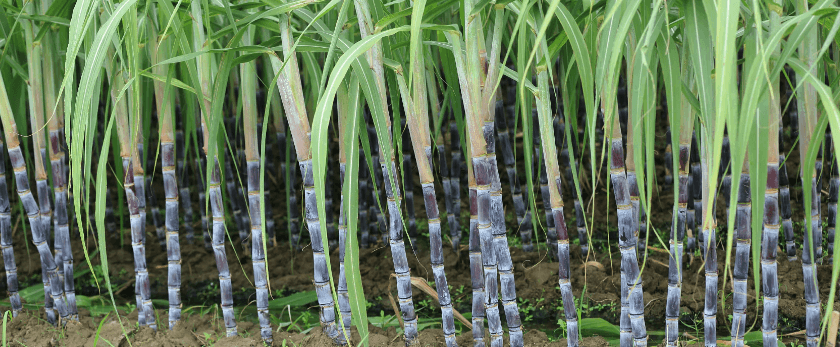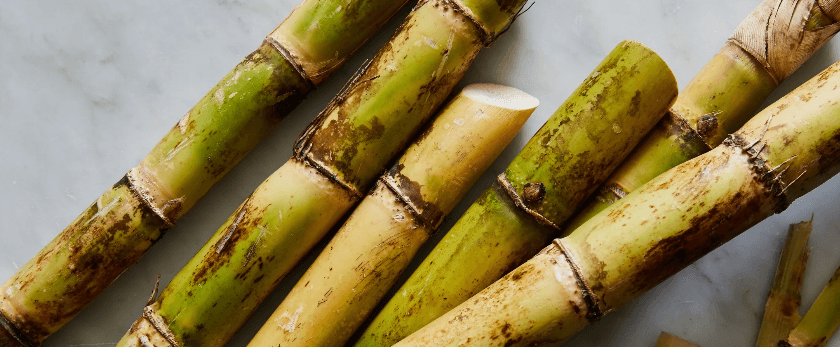Sugar cane is a versatile and valuable crop that has been cultivated for centuries. It is not only a source of sweetness but also a key ingredient in many products, from sugar and molasses to biofuels and paper. Growing sugar cane at home is not only a fun and rewarding experience, but it also promotes sustainability and reduces our carbon footprint. In this article, we will discuss how to grow sugar cane in your own backyard, including care tips, best time to grow, and common problems.
How to Care for Sugar Cane
Watering
Sugar cane requires consistent moisture to thrive, but it is also important to avoid overwatering. The best way to water sugar cane is to provide a deep watering once or twice a week, depending on the climate and soil conditions. The soil should be kept moist but not waterlogged. If you live in a hot and dry climate, consider using a drip irrigation system to ensure consistent moisture.
Light
Sugar cane is a tropical plant that thrives in full sun. It requires at least 6-8 hours of direct sunlight per day. If you live in a cooler climate, consider growing sugar cane in a greenhouse or in a sunny spot indoors. However, keep in mind that sugar cane can grow up to 20 feet tall, so make sure you have enough space for it to grow.
Soil
Sugar cane grows best in well-draining, fertile soil. It prefers a slightly acidic soil with a pH level between 5.5-6.5. If your soil is too alkaline, you can add organic matter such as compost or peat moss to lower the pH level. It is also important to ensure that the soil is rich in nutrients, as sugar cane is a heavy feeder.
Fertilizer
To promote healthy growth and high yields, sugar cane requires regular fertilization. You can use a balanced fertilizer with equal amounts of nitrogen, phosphorus, and potassium. Apply the fertilizer every 4-6 weeks during the growing season. You can also use organic fertilizers such as compost or manure.
Pruning
Pruning is not necessary for sugar cane, but it can help promote better air circulation and prevent diseases. If you notice any dead or damaged leaves, you can remove them by cutting them at the base of the stem. You can also trim the top of the plant to encourage bushier growth.
Best Time to Grow Sugar Cane
The best time to grow sugar cane is during the warmer months of the year, typically from late spring to early fall. Sugar cane is a tropical plant and requires warm temperatures to grow. If you live in a cooler climate, you can start growing sugar cane indoors and transplant it outside once the weather warms up.

Common Problems with growing Sugar Cane
Pests
Sugar cane is susceptible to pests such as aphids, mealybugs, and whiteflies. These pests can cause damage to the leaves and stems, leading to stunted growth and reduced yields. To prevent pest infestations, regularly inspect your plants and remove any affected leaves. You can also use organic pest control methods such as neem oil or insecticidal soap.
Diseases
Sugar cane is also prone to diseases such as rust, smut, and mosaic virus. These diseases can cause discoloration, stunted growth, and reduced yields. To prevent diseases, make sure to plant disease-resistant varieties and practice good sanitation by removing any infected plants or debris. You can also use organic fungicides to control diseases.
Nutrient Deficiencies
Sugar cane requires a balanced supply of nutrients to grow and produce high yields. If your plants are showing signs of nutrient deficiencies, such as yellowing leaves or stunted growth, it may be due to a lack of essential nutrients. Conduct a soil test to determine which nutrients are lacking and amend the soil accordingly.
Responsible Disposal Methods
Once you have harvested your sugar cane, it is important to dispose of the plant material responsibly. Sugar cane leaves and stalks can be composted to create nutrient-rich soil for your garden. You can also use the leftover plant material as mulch to help retain moisture and suppress weeds. Avoid burning the plant material, as it releases harmful pollutants into the air.
Conclusion
Growing sugar cane at home is not only a fun and rewarding experience, but it also promotes sustainability and reduces our carbon footprint. By following these care tips and best practices, you can successfully grow sugar cane in your own backyard. Remember to dispose of the plant material responsibly and enjoy the sweet rewards of your hard work. Let's all do our part in creating a greener and more eco-friendly world.










